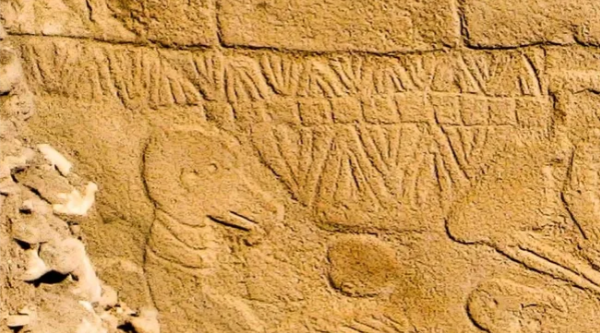
- A-
- A
- A+
Spitzer, Hubble find 'twins' of superstar Eta Carinae in other galaxies
Eta Carinae, the most luminous and massive stellar system within 10,000 light-years, is best known for an enormous eruption seen in the mid-19th century that hurled at least 10 times the sun's mass into space. This expanding veil of gas and dust, which still shrouds Eta Carinae, makes it the only object of its kind known in our galaxy. Now a study using archival data from NASA's Spitzer and Hubble space telescopes has found five objects with similar properties in other galaxies for the first time.
"The most massive stars are always rare, but they have tremendous impact on the chemical and physical evolution of their host galaxy," said lead scientist Rubab Khan, a postdoctoral researcher at NASA's Goddard Space Flight Center in Greenbelt, Maryland. These stars produce and distribute large amounts of the chemical elements vital to life and eventually explode as supernovae.
Located about 7,500 light-years away in the southern constellation of Carina, Eta Carinae outshines our sun by 5 million times. The binary system consists of two massive stars in a tight 5.5-year orbit. Astronomers estimate that the more massive star has about 90 times the sun's mass, while the smaller companion may exceed 30 solar masses.
Similar News
Links


 Elm TV
Elm TV
 Photo
Photo
 Video
Video





